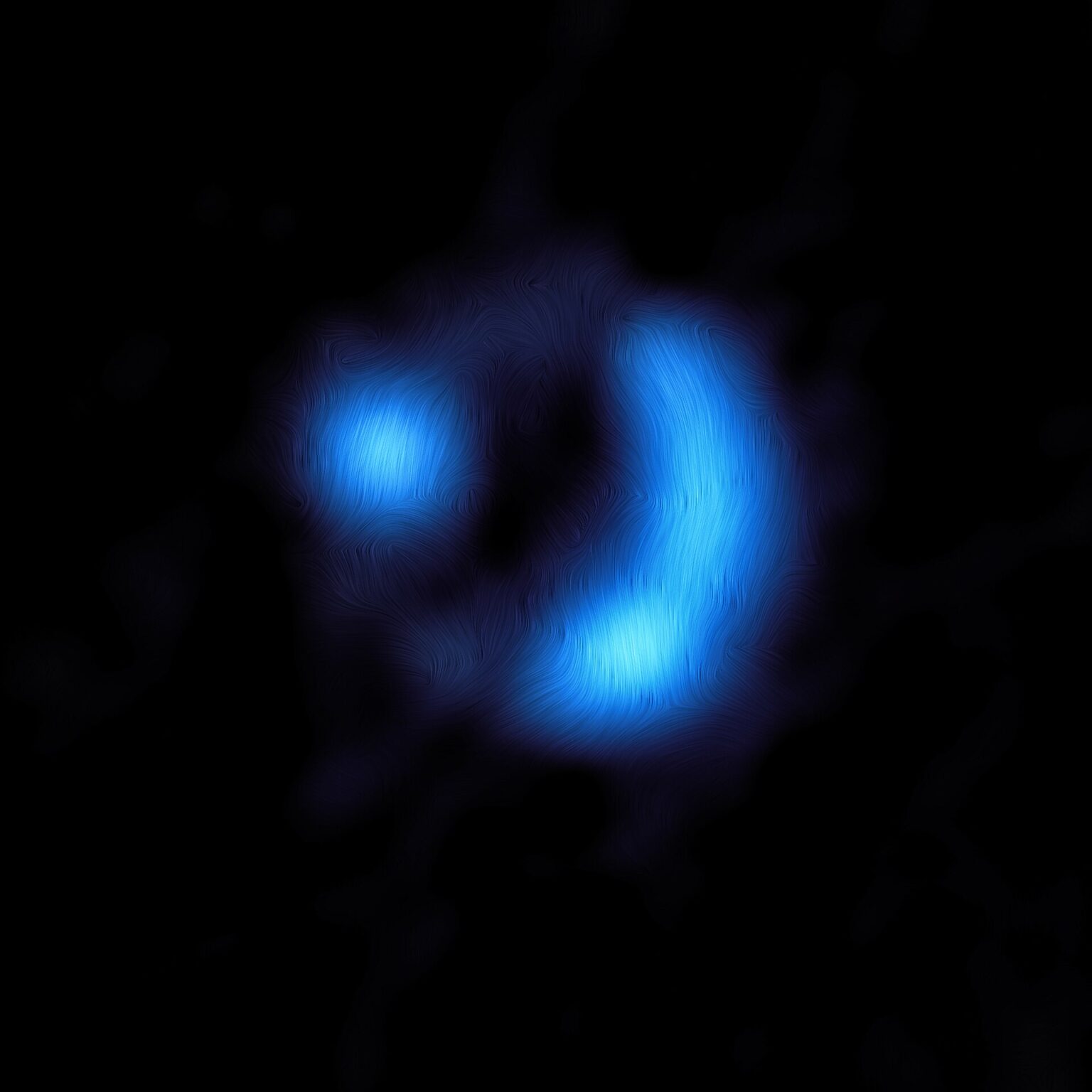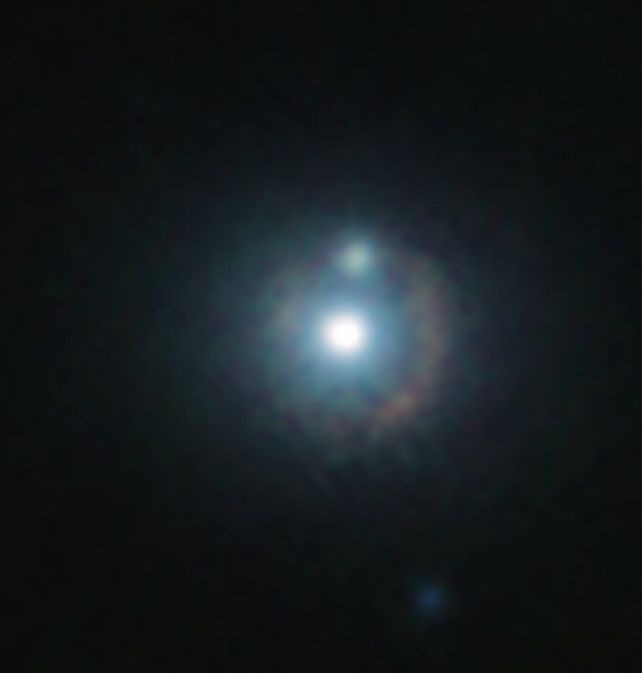Scientist discovered the most distant magnetic field. It was measured using light that traveled to us over 11 billion years. This significant discovery was made through the analysis of light emitted by the galaxy known as ASW0009io9 (abbreviated as 9io9). We see it as it was only about 2.5 billion years after the Big Bang.

Galactic magnetic fields are complex and mysterious phenomena that exist throughout the Universe. They are generated by the motion of electrically conductive material, which converts kinetic energy into magnetic energy through the dynamo effect. For example, Earth’s magnetic field is created by the motion of fluids within our planet.
Galactic magnetic fields that pass through galaxies and surround them remain enigmatic, and we need to understand their origins. The discovery of the magnetic field in galaxy 9io9 may provide important answers to these questions.
Scientists note that the galactic magnetic field of galaxy 9io9 is very weak compared to other known magnetic fields. It measures only 500 microgauss or less, which is approximately 1,000 times weaker than Earth’s magnetic field. This suggests that the magnetic field of galaxy 9io9 formed very quickly when it was still in its growth stage. This implies that galactic magnetic fields have a deep connection with the material from which new stars are formed.

According to researchers, the intense process of star formation that occurred in the early epochs of the Universe could be the key to the accelerated development of galactic magnetic fields. In turn, these magnetic fields may influence the further process of star formation.
The detection of this magnetic field in galaxy 9io9 opens a new window for the scientific community to study the internal structure of galaxies in their early stages of development. This discovery provides new opportunities to understand and investigate magnetic fields in the Universe and their impact on cosmic evolution.
Previously, we reported that Earth’s magnetic poles are not about to flip.
